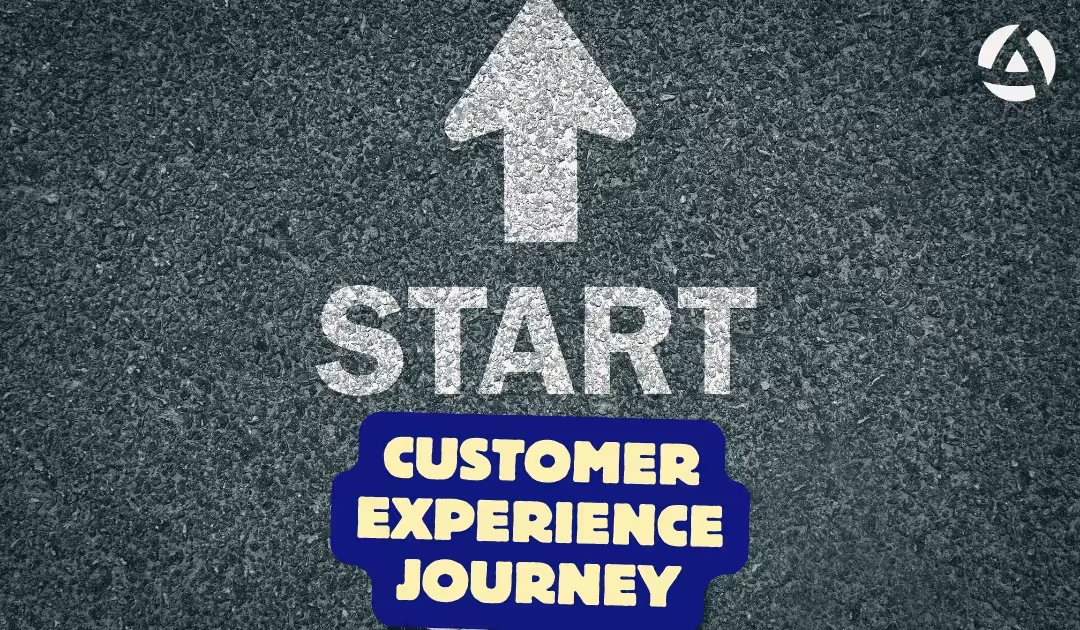Building a customer experience journey that meets evolving customer expectations and anticipates future needs is more essential than ever. In 2025, designing an effective journey means mapping out each interaction with precision, ensuring consistency, and focusing on personalized, valuable touchpoints. Here’s how to create a roadmap for a seamless customer experience journey.
1. Understand Customer Personas and Needs
Knowing your customers and their preferences sets a solid foundation for an impactful experience. By understanding key personas, you can:
- Identify specific needs and pain points for each customer segment
- Prioritize features or interactions they value most
- Develop messaging that resonates with each persona
This ensures that every stage of the journey caters to what matters most to your audience.
2. Map Out Key Touchpoints
A successful customer experience journey accounts for every point of contact, from the initial awareness stage to long-term loyalty. Focus on:
- Identifying moments of interaction, such as browsing, purchase, and support
- Creating valuable experiences at each touchpoint that reinforce brand loyalty
- Integrating digital and physical touchpoints for an omnichannel approach
Thoughtful mapping helps ensure each step meets your customers’ expectations.
3. Prioritize Seamless Onboarding and First Impressions
The first interaction sets the tone for a customer’s overall experience. Streamlining onboarding can reduce friction and boost engagement:
- Simplify account creation and product setup
- Provide clear instructions and resources to get started
- Offer proactive support to answer common questions
Effective onboarding contributes to customer confidence and satisfaction from the very beginning.
4. Embrace Data-Driven Personalization
Data is crucial to delivering tailored experiences that keep customers engaged. Implementing personalization tools along the journey can mean:
- Personalized product recommendations based on past interactions
- Tailored communication that aligns with customer behavior and preferences
- Leveraging analytics to anticipate customer needs and optimize future interactions
Personalization builds loyalty by ensuring customers feel seen and valued.

5. Provide Proactive Customer Support
Anticipating customer needs before they reach out improves their journey and satisfaction. To implement proactive support:
- Use AI and predictive analytics to identify common issues
- Send helpful resources or tips based on recent purchases
- Offer live support or chat options during key interactions
Proactive support reassures customers that your brand is there for them at every stage.
6. Foster Cross-Functional Collaboration
Customer journeys often span multiple departments, from sales and marketing to customer service. Fostering collaboration helps:
- Create a consistent brand experience across all interactions
- Improve information sharing, allowing teams to address customer needs effectively
- Identify areas of improvement by gathering insights from each department
This integration ensures that every touchpoint feels unified, building a stronger overall experience.
7. Establish a Feedback Loop for Continuous Improvement
Incorporating customer feedback into the journey creates a dynamic experience that evolves with customer expectations. Establish feedback mechanisms by:
- Sending surveys after major interactions, such as support calls or purchases
- Monitoring social media and reviews to gather unfiltered opinions
- Regularly reviewing feedback to identify areas for improvement
Customer feedback drives adjustments that can make every touchpoint more valuable.
8. Measure and Refine the Journey Regularly
To keep the customer journey relevant and effective, consistent measurement and refinement are key. Establish metrics such as:
- Customer Satisfaction (CSAT), Net Promoter Score (NPS) and Observational Customer Experience (oCX)
- Journey completion rate to measure drop-offs or delays
- Customer retention rate to assess overall journey effectiveness
Regular analysis of these metrics allows you to refine touchpoints and ensure the journey remains customer-focused.
Frequently Asked Questions
What is the purpose of a customer experience journey?
The customer experience journey is designed to map out each interaction a customer has with a brand, ensuring that every step meets their needs, builds satisfaction, and encourages loyalty. By crafting an effective journey, businesses can foster long-term relationships with their customers.
How do I measure the effectiveness of a customer experience journey?
Effectiveness can be measured through metrics such as CSAT, NPS, customer retention, and journey completion rates. Regularly reviewing these metrics helps identify areas for improvement and adapt the journey based on customer expectations.




